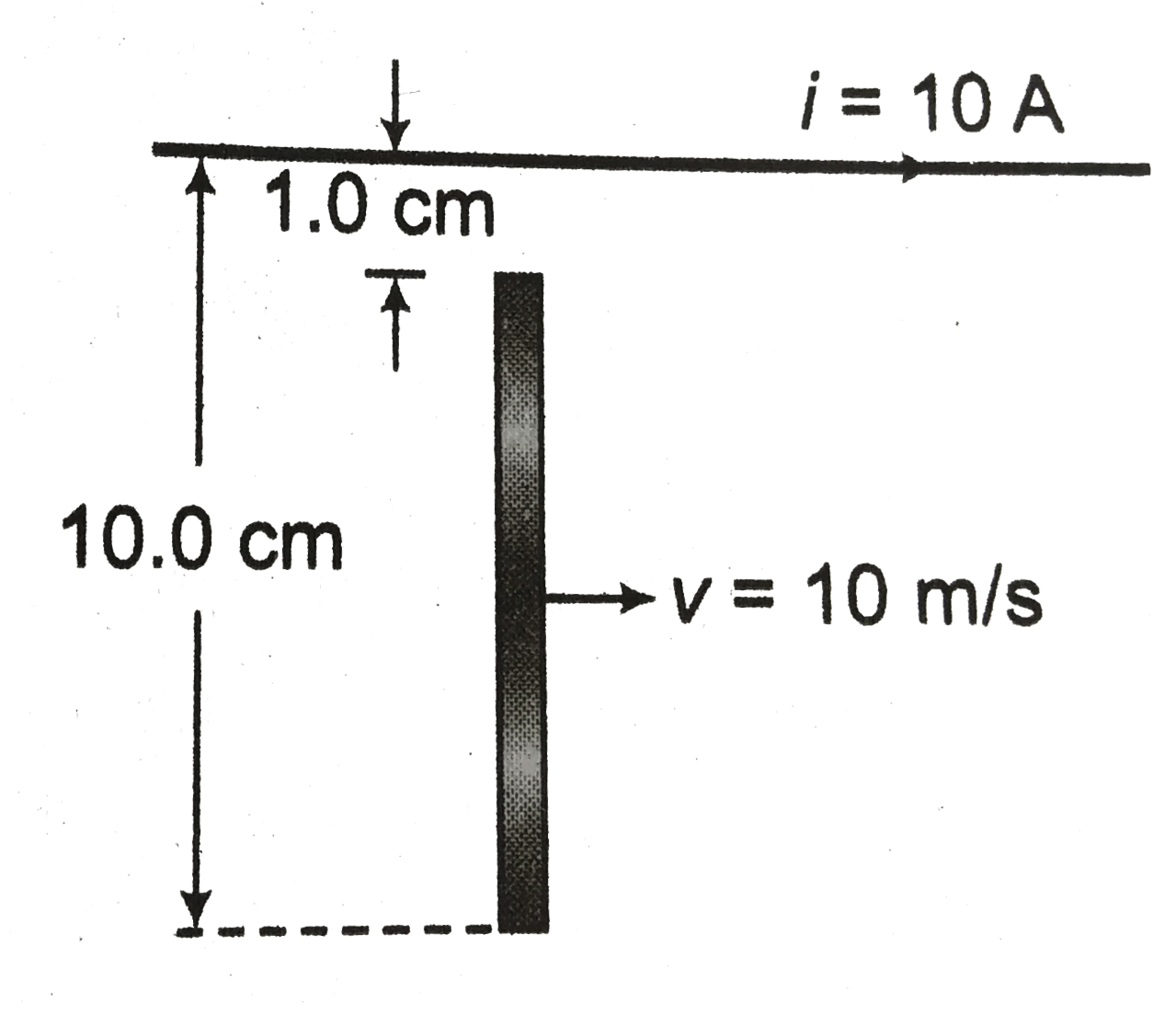When a potential difference of 3 V is applied between the two ends of a 60 cm long metallic wire, current density in it is found 10 be 1×10−7Am−2 Find conductivity of the material of the wire in SI system.
To find the conductivity of the material of the wire, we can follow these steps:
Step 1: Identify the given values
- Potential difference (V) = 3 V
- Length of the wire (L) = 60 cm = 0.60 m
- Current density (J) = 1×10−7A/m2
Step 2: Calculate the electric field (E)
The electric field (E) can be calculated using the formula:
E=VL
Substituting the values:
E=3V0.60m=5V/m
Step 3: Use the relationship between current density (J), conductivity (σ), and electric field (E)
The relationship is given by:
J=σE
Where:
- J is the current density,
- σ is the conductivity,
- E is the electric field.
Step 4: Rearrange the equation to find conductivity (σ)
Rearranging the equation gives:
σ=JE
Step 5: Substitute the known values into the conductivity formula
Substituting the values of J and E:
σ=1×10−7A/m25V/m
Step 6: Calculate the conductivity
σ=1×10−75=2×10−8S/m
Final Answer
The conductivity of the material of the wire is:
σ=2×10−8S/m
---
- Potential difference (V) = 3 V
- Length of the wire (L) = 60 cm = 0.60 m
- Current density (J) = 1×10−7A/m2
The electric field (E) can be calculated using the formula:
E=VL
Substituting the values:
E=3V0.60m=5V/m
The relationship is given by:
J=σE
Where:
- J is the current density,
- σ is the conductivity,
- E is the electric field.
Rearranging the equation gives:
σ=JE
Substituting the values of J and E:
σ=1×10−7A/m25V/m
σ=1×10−75=2×10−8S/m
The conductivity of the material of the wire is:
σ=2×10−8S/m
Similar Questions
The potential difference between two points in a wire 75.0 cm apart is 0.938 V , when the current density is 4.40 xx 10^7 A// m^2 . What is (a) the magnitude of E in the wire? (b) the resistivity of the material of which the wire is made?
View SolutionIn figure, a wire perpendicular to a long straight wire is moving parallel to the later with a speed v=10m/s in the direction of the current flowing in the later. The current is 10A. What is the magnitude of the potential difference between the ends of the moving wire?

View SolutionThe current density in a wire is 10A//cm^(2) and the electric field in the wire is 5 V/cm. If p = resistivity of material, sigma = conductivity of the material then (in SI unit)
View SolutionCalculate the amount of charge flowing in 2 minutes in a wire of resistance 10 Omega when a potential difference of 20 V is applied between its ends
View SolutionCalculate the conductivity for a wire of length 60 cm with current density 1xx10^(-7) and potential difference of 3V .
View SolutionA wire carries a current of 0.2 A for 10 seconds. If the potential difference between the two ends of the wire is 20V, find the work done in this process.
View SolutionA wire carries a current of 0.1 A for 20 seconds. If the potential difference between the two ends of the wire is 10 V, find the work done in this process.
View Solution
